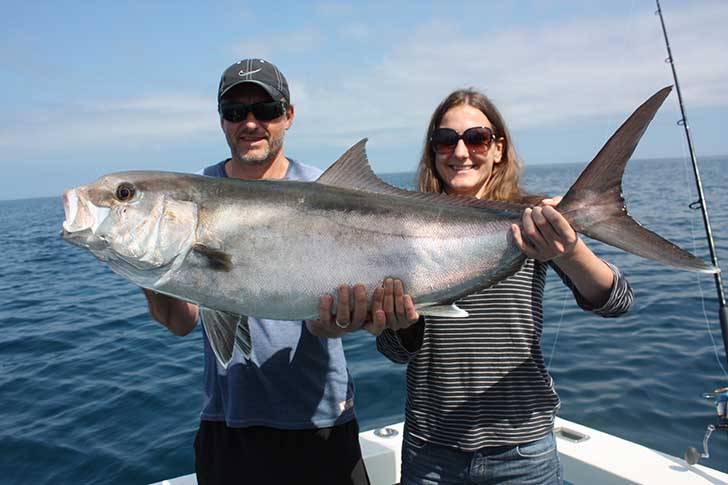
The University of Florida’s Fisheries and Aquatic Sciences program has ongoing several research projects studying the seasonal pattern and rates of movement of greater amberjack in the Gulf of Mexico. Of particular interest is to determine the mixing rate of the Gulf stock with the South Atlantic Stock, especially in known spawning areas off southern Florida.
As a part of the study, greater amberjacks in the Gulf of Mexico are being tagged from southern Florida to the Louisiana coast. Fish are tagged on their left side with an external yellow anchor tag, and anglers are strongly encouraged to report the catch of any tagged fish. Information on the tags include a four-digit tag number as well as a web address and phone number to call and report catches.
Information critical to the research is the date, time and location of capture. Exact GPS coordinates are very helpful, and to protect people’s honey holes, those numbers will not be released. Also important, to measure growth rate, is a fork length measurement accurate to 1/8 of an inch.
Other helpful information the angler can collect is the weight and sex of the fish as well as the depth it was caught at, the gear that was used and the condition of the fish, particularly around the tag site.
Information on fisheries and the movement of fish benefits fisheries managers as well as anglers. If you catch a tagged fish, take the time to jot down the information and report it.